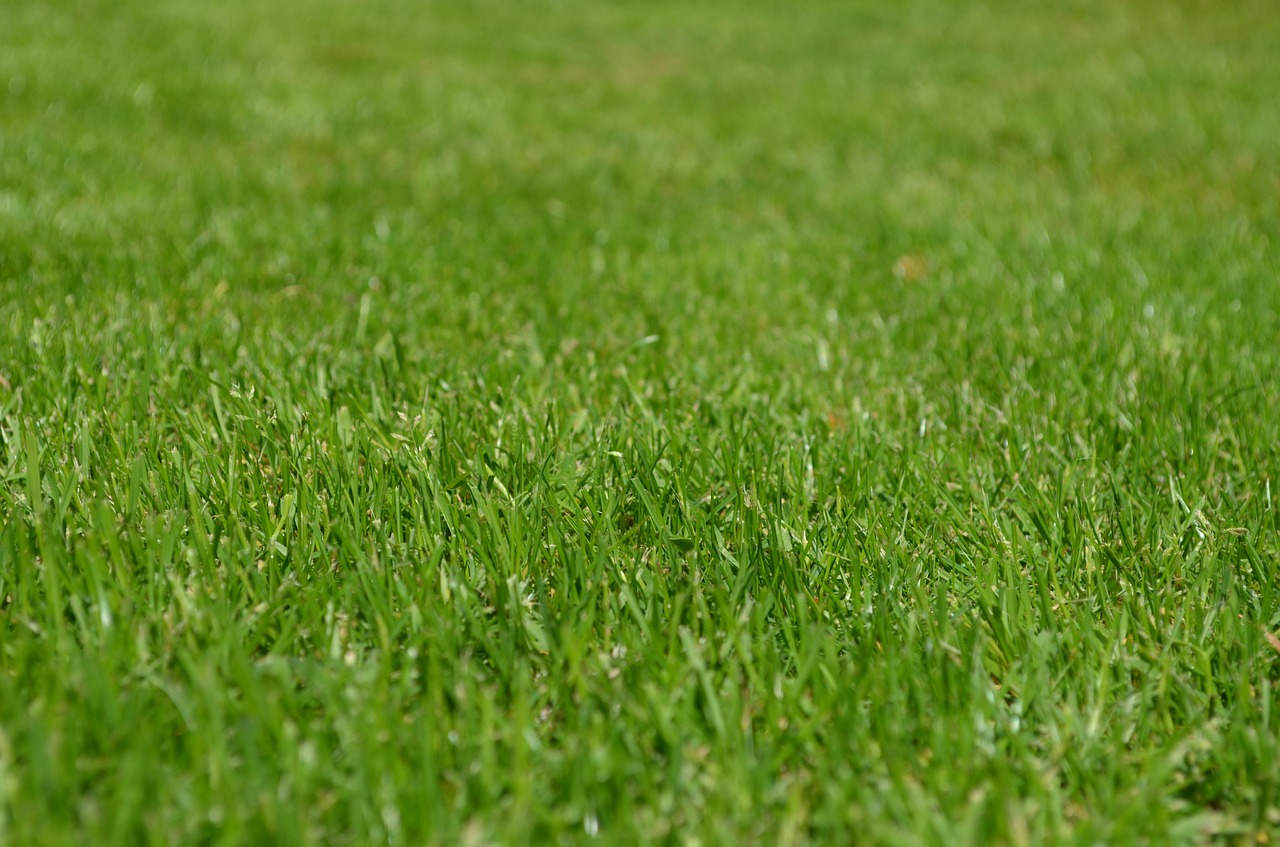How to Maintain a Green Lawn in the Heat

Summer is here, and in central Texas that means extremely high temperatures with little reprieve from the hot sun. While we may be able to jump into a pool or retreat into the AC to get out of the blistering heat, when it comes to your lawn there is no break for your grass – especially if it’s in direct sunlight. In this post we share a few tips for keeping your grass as green as possible during the hottest and driest time of the year.
Water in the Morning (and Don’t Overdo It)
Your lawn needs water to survive in any temperate, of course. This is especially true during the hot summer months. When watering on warm days, it’s important to water early in the morning (like 5 or 6 am) in order to allow time for the grass to soak up the water before the sun comes out and evaporates it quickly. Most sources suggest your lawn needs about an inch of water per week, inclusive of rainfall, and advocate for the “deeply and infrequently” method. Watering deeply and infrequently is especially beneficial for longer grass, as it helps promote root growth. When you water deeply, water reaches down into the entire root zone leading to more effective absorption. There is no need to water grass daily. Overwatering can actually be a negative and damage your lawn. After you water you should not water again until the grass is dry, visibly, and start your watering regime focusing on any spots that appear more dry than the rest of the lawn.
Mow High
Keeping your grass a bit longer in hot seasons is helpful because it allows the roots to extend deeper. When your lawn has deeper roots, weeds can’t grow as easily and are thus less likely to compete for water. Longer grass also allows for better water absorption, and allows the grass to go deeper to get water on hot days. Longer grass can also provide a bit of shade for the blades below. While suggested length varies, 3-4 inches seems like a good rule of thumb for keeping grass at its healthiest during the summer. To maintain your lawn at this height, ensure to set your mower high, even on the highest setting, and don’t remove more than ⅓ of the grass height at once. It’s also essential to ensure your blade is sharp.
And Don’t Mow During Drought
To keep your grass healthy, it’s important you do not mow your lawn during drought. The grass is stressed at this time, meaning the blades will be less able to recover and may become damaged from mowing. Instead, it’s best to mow the grass after a rainfall or you water.
Mulch with Grass Clippings
Hold the rake and bag! After mowing, avoid collecting the grass clippings and discarding them. Instead, use a mulching mower to leave and distribute clippings on the lawn. Sprinkling cut grass will help to keep moisture in, shade the lawn and keep it better hydrated. Clippings can also serve as a kind of slow-release fertilizer as they decompose, adding nutrients and benefit to the grass.
Don’t want to DIY? Need some professional help to get your lawn into shape? The experts at Grassworks can help ensure your lawn is summer-ready. Contact us today to see how we can help!

Ferris MyCue is the founder and owner of Grass Works Lawn Care, LLC located in Leander, TX. As a former firefighter who maintained yards on his days off, he saw a need for a dependable, local maintenance company that knew the hill country climate and could deliver quality landscaping services for a reasonable price. Since 2007 he has used his leadership to grow the company into one of the top landscape maintenance companies in Austin and surrounding areas offering landscape maintenance, design, and irrigation services to both residential and commercial clients. Ferris is also a member of the Seasonal Employment Alliance (SEA) and an active participant in advocacy efforts to help promote cap relief.